Quiz Animals
Last Updated:
IMPROVE YOUR KNOWLEDGE WITH OUR ANIMAL QUIZZES
Are you an animal lover? We offer a collection of animal quizzes to test your knowledge about different animal species, their habitats, behaviors, physical characteristics and more.
Our animal quizzes are a fun and educational way to learn about the animal world. With our selection of animal trivia questions, you can test your knowledge and learn more about wild and domestic animals, as well as environmental protection and preservation of endangered species.
Do you know the different types of reptiles, birds or mammals? Can you identify the physical and behavioral characteristics of the most popular marine, savanna, or domestic animals? Can you name the animals in danger of extinction and the measures taken to protect them? Our animal quizzes are here to help you answer these questions and expand your knowledge of the animal world.
Our animal quizzes will help you learn about new species, their lifestyles and habitats. Animal trivia is a fun way to expand your knowledge and learn about animals around the world. So, if you are passionate about animals or just curious, come and test your knowledge with our animal quizzes.
nature
/ 10
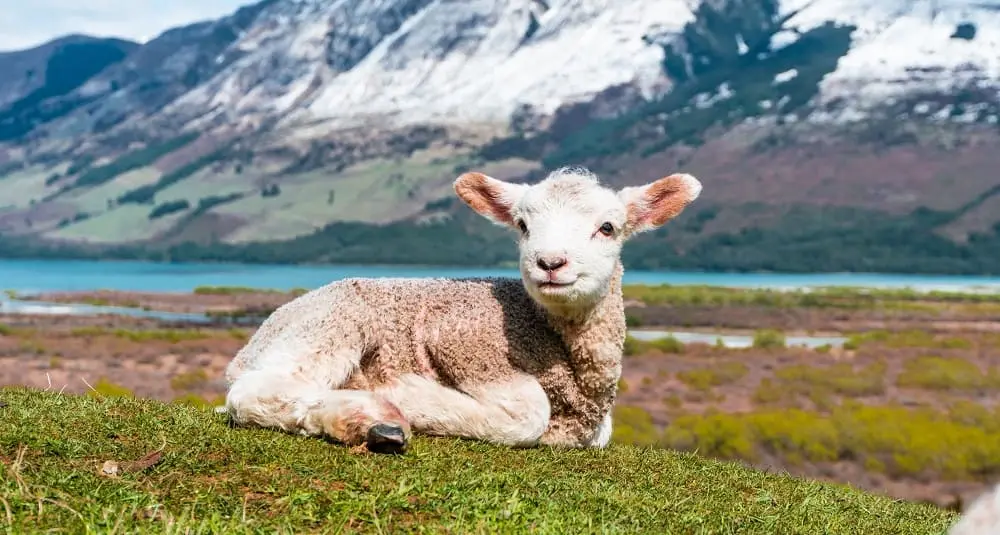
What is the name of the sheep's lamb?
1Lamb
2Sheep

🙌 Good answer
Lambs are the offspring of ewes and rams. The term lamb refers to the young male sheep, less than a year old.
Next question

😞 Wrong answer
Lambs are the offspring of ewes and rams. The term lamb refers to the young male sheep, less than a year old.
Next question
nature
/ 10
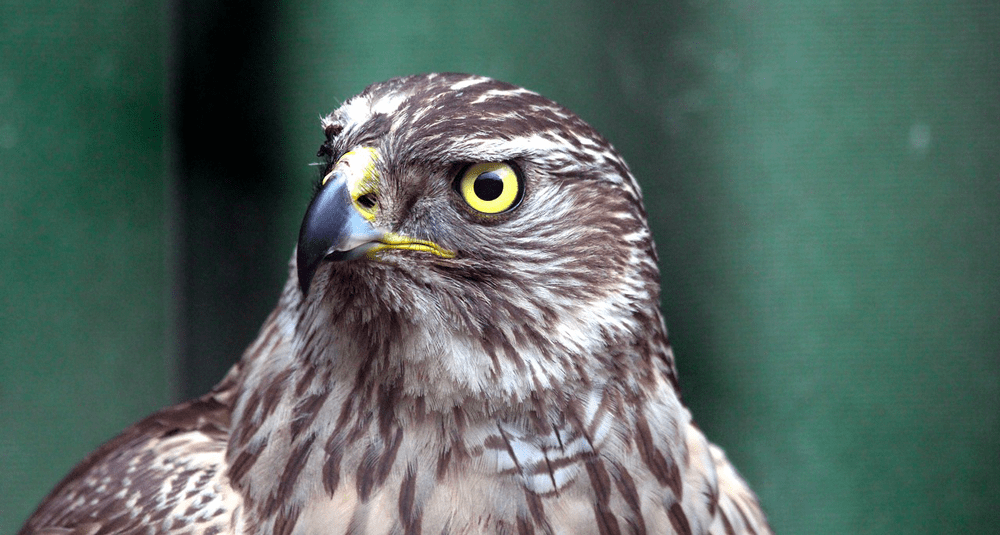
How many harrier subspecies exist?
116
226

🙌 Good answer
There are several species of harriers grouped in the genus Circus, which includes about 16 species and numerous subspecies worldwide.
Next question

😞 Wrong answer
There are several species of harriers grouped in the genus Circus, which includes about 16 species and numerous subspecies worldwide.
Next question
nature
/ 10
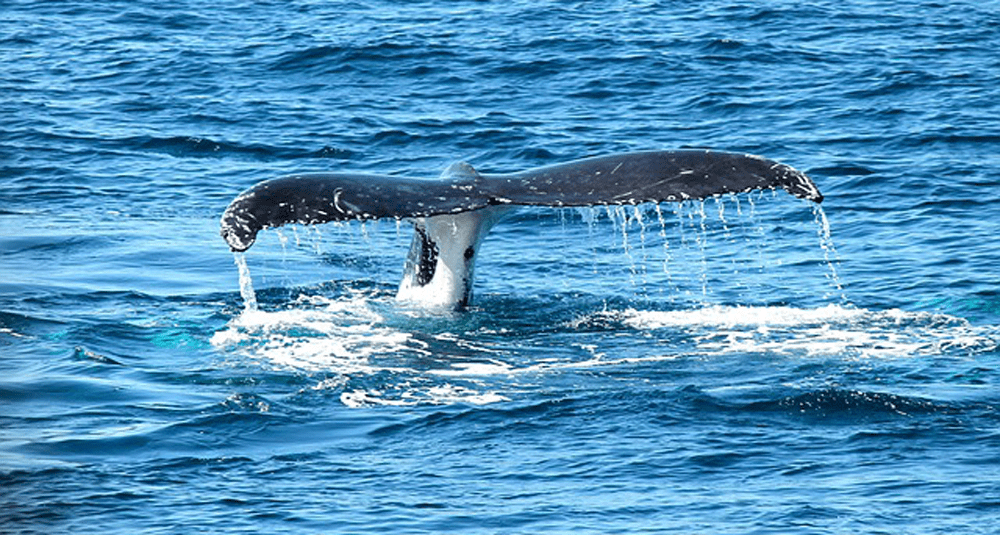
How many marine mammal species are there in the world?
1134
2234

🙌 Good answer
Biologists count 134 species of marine mammals in the world (including 5 already extinct).
Next question

😞 Wrong answer
Biologists count 134 species of marine mammals in the world (including 5 already extinct).
Next question
nature
/ 10
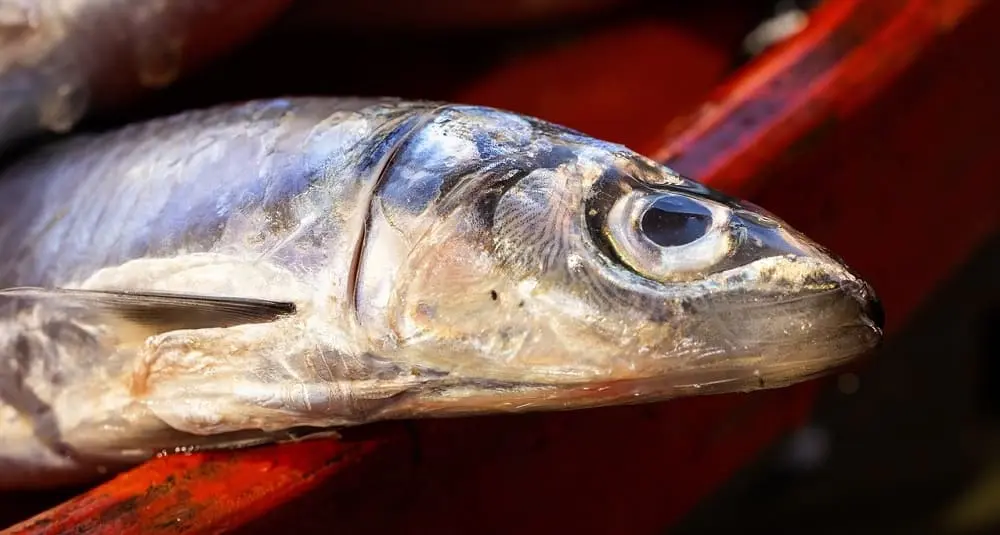
What caused the 2005 anchovy crisis?
2Overfishing
1Climate change

🙌 Good answer
The anchovy crisis of 2005 was due to overfishing and poor management of resources in the Bay of Biscay.
Next question

😞 Wrong answer
The anchovy crisis of 2005 was due to overfishing and poor management of resources in the Bay of Biscay.
Next question
nature
/ 10
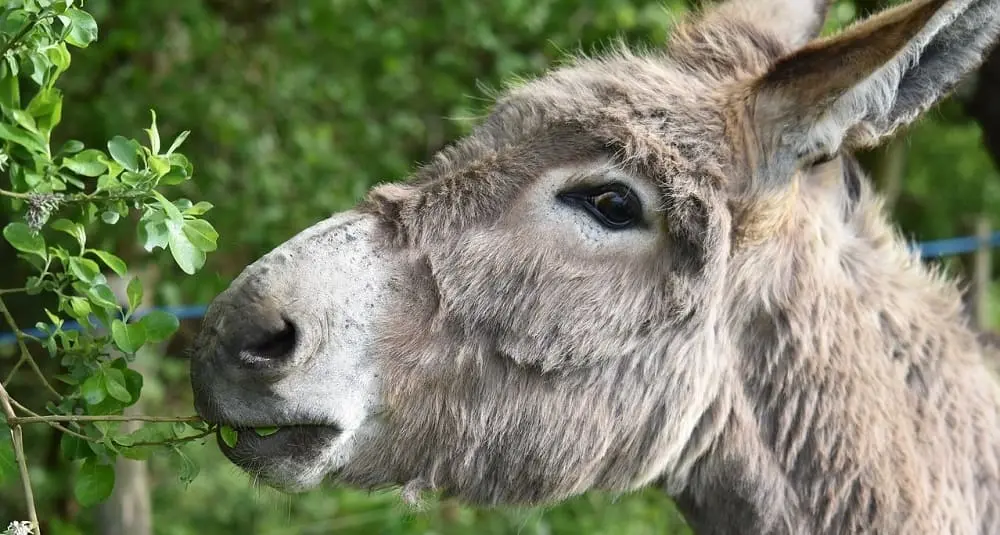
What is the name of the female donkey?
1Jenny
2Mare

🙌 Good answer
The female donkey is called a jenny or jennet.
Next question

😞 Wrong answer
The female donkey is called a jenny or jennet.
Next question
nature
/ 10
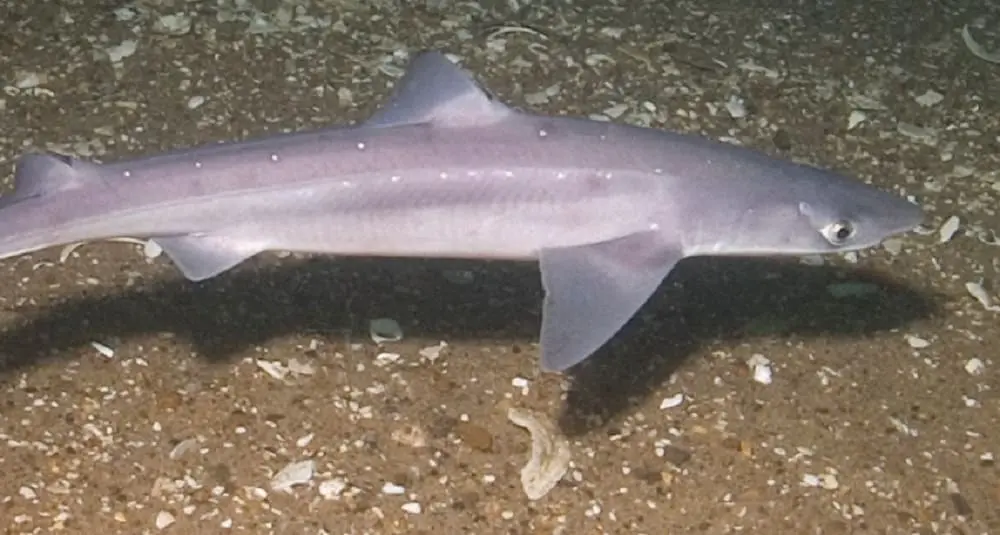
What is a spiny dogfish?
1Shark
2Tuna

🙌 Good answer
The spiny dogfish, also called dogfish, is a small shark belonging to the shark family.
Next question

😞 Wrong answer
The spiny dogfish, also called dogfish, is a small shark belonging to the shark family.
Next question
nature
/ 10
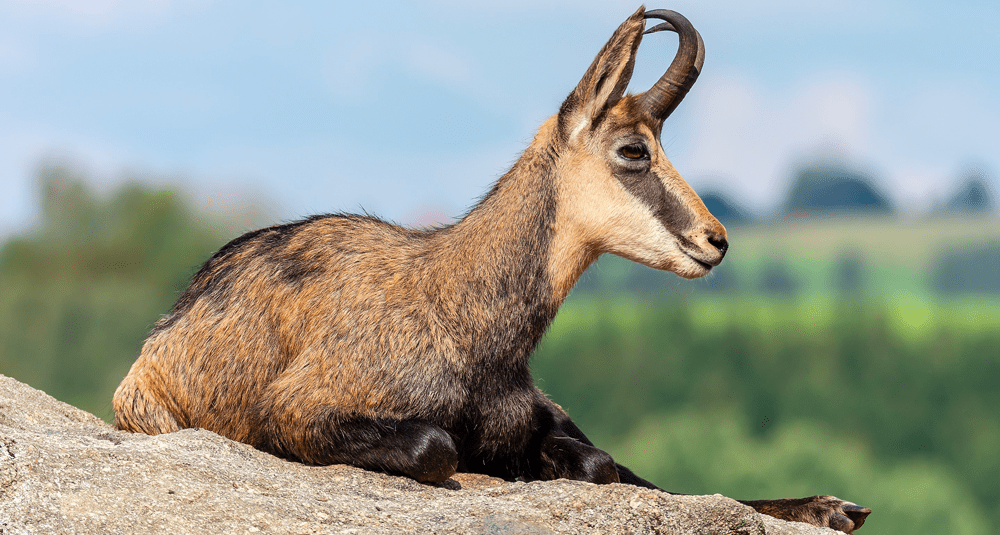
Where can you see chamois?
1Alps
2Pyrenees

🙌 Good answer
Chamois are found in the mountains of Europe, particularly in the Alps, Apennines and Carpathians. They prefer steep, rocky terrain.
Next question

😞 Wrong answer
Chamois are found in the mountains of Europe, particularly in the Alps, Apennines and Carpathians. They prefer steep, rocky terrain.
Next question
nature
/ 10
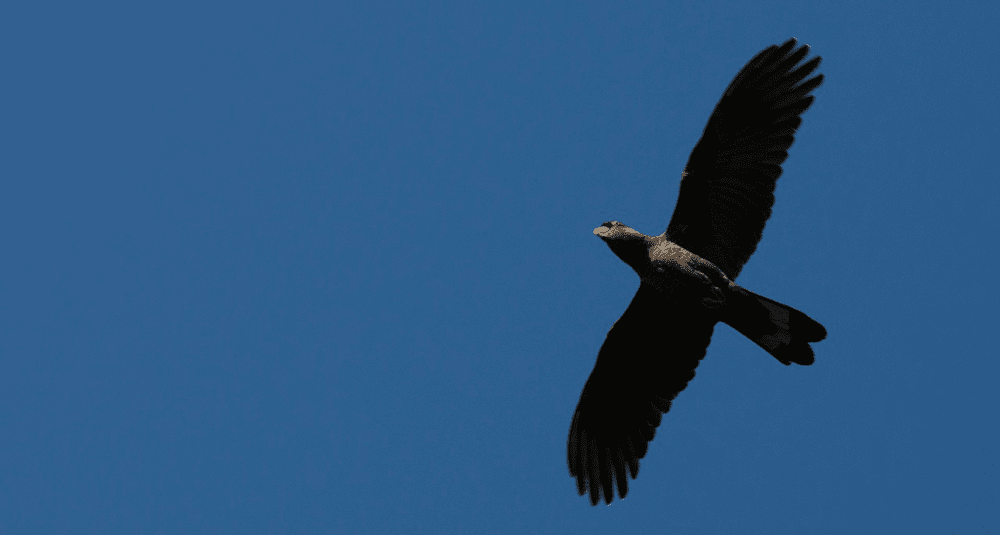
What is the average lifespan of a cockatoo?
2Between 40 and 60 years old
1Between 20 and 40 years old

🙌 Good answer
The average lifespan of a cockatoo in captivity varies between 40 and 60 years, depending on the species and care provided, but some can live even longer.
Next question

😞 Wrong answer
The average lifespan of a cockatoo in captivity varies between 40 and 60 years, depending on the species and care provided, but some can live even longer.
Next question
nature
/ 10
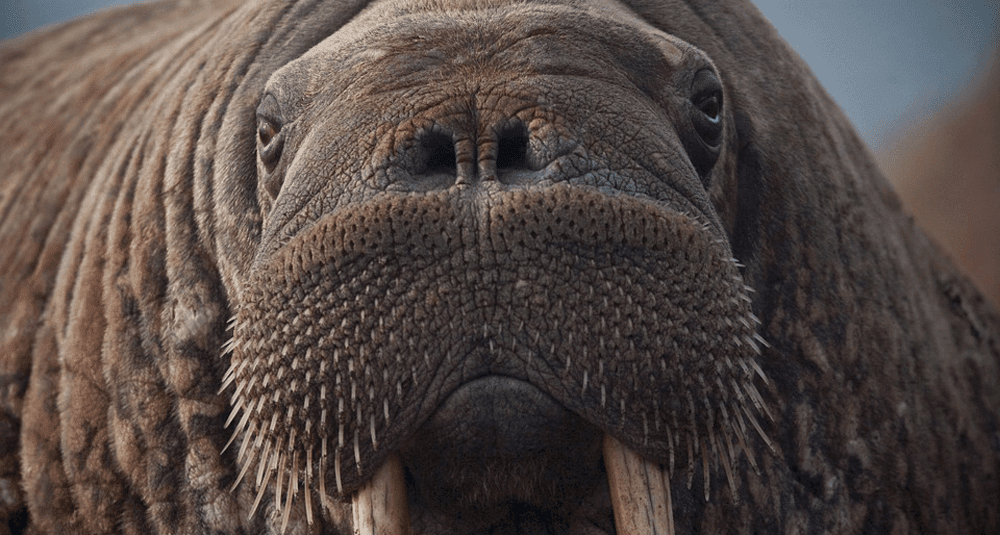
Is the walrus a marine mammal?
1Yes
2No

🙌 Good answer
Yes, the walrus is a marine mammal. Easily recognized by its long tusks, it lives mainly in Arctic regions.
Next question

😞 Wrong answer
Yes, the walrus is a marine mammal. Easily recognized by its long tusks, it lives mainly in Arctic regions.
Next question
nature
/ 10
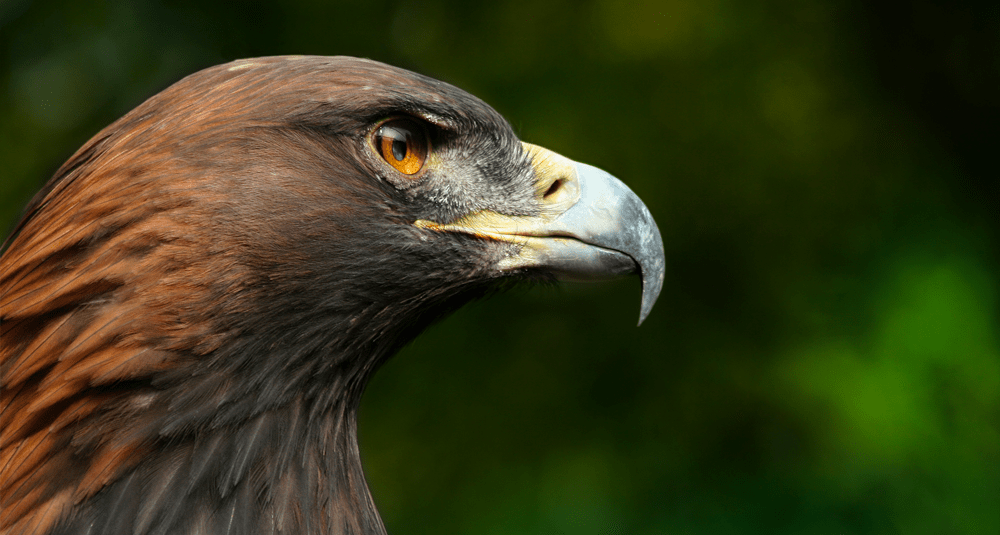
To which family of birds does the golden eagle belong?
1Accipitridae
2Cathartidae

🙌 Good answer
The golden eagle is a member of the Accipitridae, a family of birds of prey that also includes harriers, vultures and falcons.
Next question

😞 Wrong answer
The golden eagle is a member of the Accipitridae, a family of birds of prey that also includes harriers, vultures and falcons.
Next question




